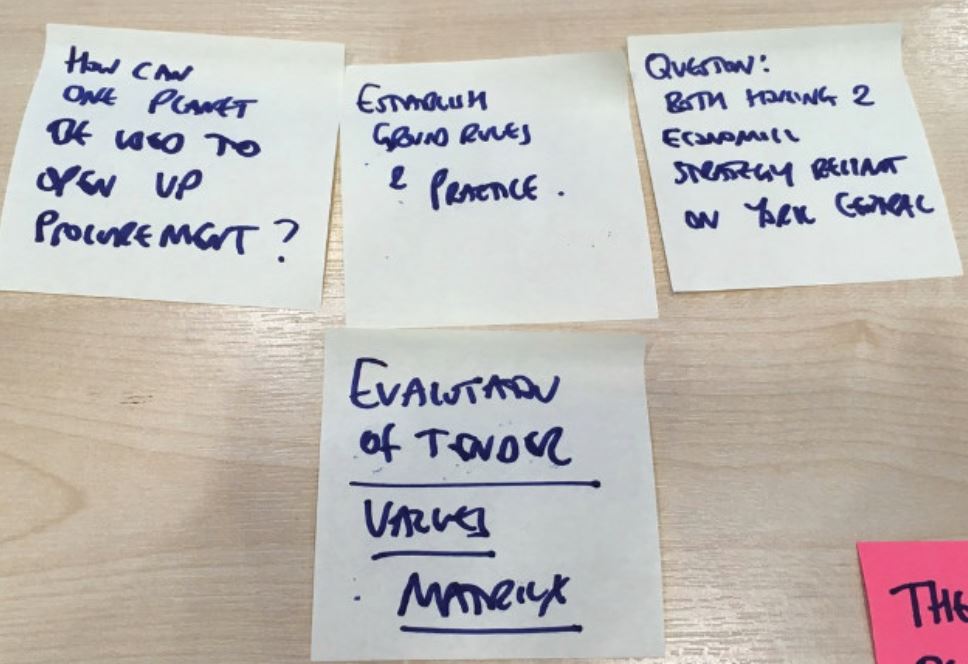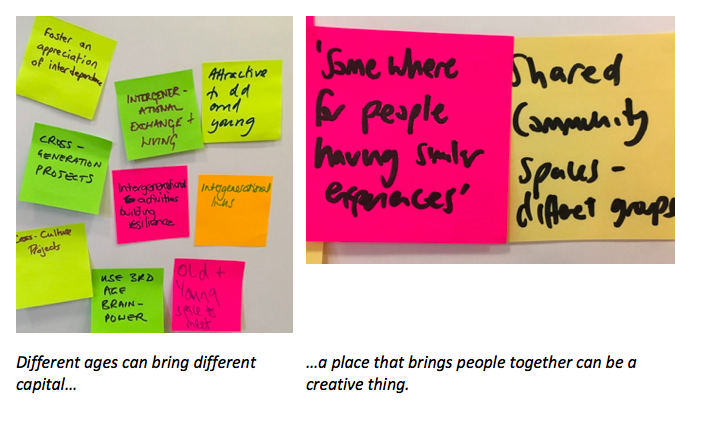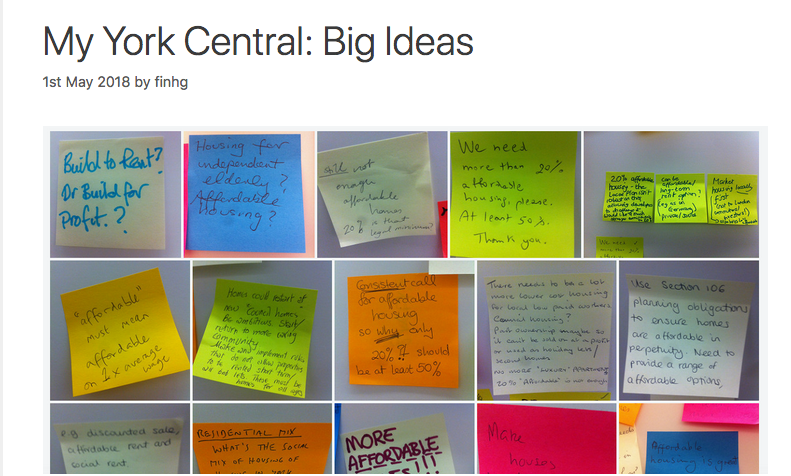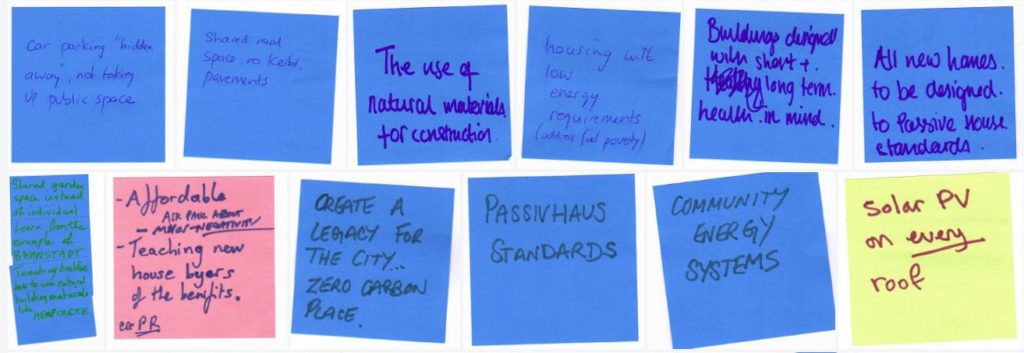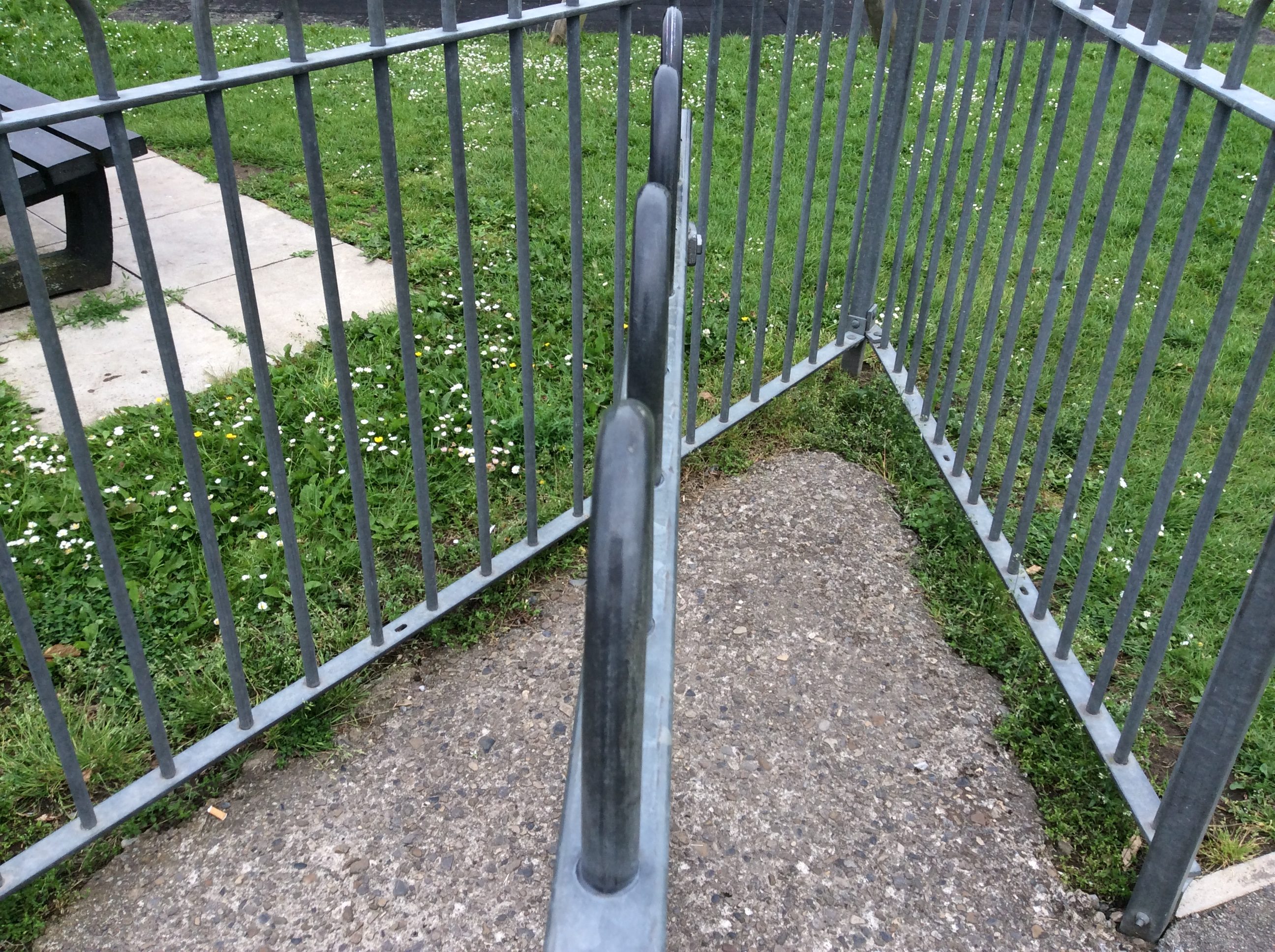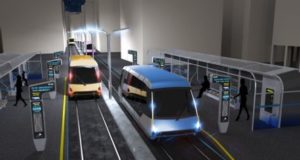
Tuesday 10th April, 4pm – 6pm / National Railway Museum Gallery
The current emerging masterplan proposals aim to “encourage sustainable transport” and show networks for the various current modes of transport – walking, cycling, busses and cars. But how will future changes – especially those in public transport – change the way we move around cities and how do cities need to respond in order to benefit from them? In this collaboration between by York Bus Forum Chair Graham Collett and York Environment Forum Chair Phil Bixby, we asked:
- Can we look to successful projects elsewhere and can we overcome the cry that “York is different”?
- How far into the future is it wise to plan when future technologies are so uncertain?
Graham Collett kicked off the discussions with a few questions for the movement plan on York Central:
“While it could potentially be good for Park and Ride buses, where is the proposal here for local buses? York Central is a long-term project – we should think out of the box. We should be thinking a bit more radically, it should be more than just a few buses. No other transport type seems to have been considered – apart from cars.”
With this in mind Graham talked us through a few of the more radical options – and this is accompanied below by an account of the discussion they provoked:
Light rail or tram:-
“We could start the tram in York Central and use it as a springboard to extend. People say it is too expensive, but we heard from David Rudlin about a scheme where plots for development had been sold in order to fund a tram connection.
They are putting in trams in Preston, and working on Very Light Rail (VLR) proposals in Dudley and Coventry, which are cheaper than trams. Frieburg / Grenoble (similar size cities to York have trams). Bath, Cambridge and Oxford are all discussing trams.”
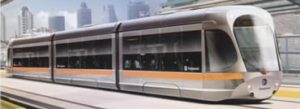
Discussion on the benefits of light rail and trams:-
‘Trams are very popular. There is a strange psychological dimension, people who won’t go on buses will go on trams. You go on the tram because it is an outing. You also feel safer’
‘It feels like you are in control when you are on tram. Trams are ace’
‘We need to make public transport sufficiently attractive, people get out of their cars by choice. Trams are a way of doing this, as the experience in Nottingham shows’.
‘Not as many people will switch from cars to buses as they do to trams (although in London TFL doubled the ridership of buses while nationally it halved)’.
‘Having experienced trams Edinburgh, Sheffield – they’re great when they work, but if they break down the whole system breaks down, while buses have flexibility’. And from Prague ‘a tram broke down at least once a day, and it would paralyse the whole network”.
‘Tram routes can drive up the value of development land – sites near routes – and especially near stops – have higher value as the guaranteed transport makes them attractive.’
Then we discussed the positives of buses:-
‘Tram systems might be an answer in some cases but there is an argument that buses do the job better, can go where you want them to do, and are more flexible. Once you build a tram system you’re stuck and you can only expand it’
‘Buses are flexible and routes can respond to changing circumstances and demands…. but that’s a down side too, routes get changed and individual neighbourhoods can lose services’
‘Buses could be so flexible that they could pick you up at the door. But there is the management issue, at the moment in York they are only run by profit seeking firms’.
There was a general point about perception of public transport:-
‘Public transport involves learning – people need to feel they know how to use it. Older people feel they are trapped when they give up their car. If they learn to use public transport before this happens, then they cope much better.’’
Driverless vehicles (especially buses):-
There is an example from Didcot, Oxfordshire. ‘Small and frequent buses beat large and less regular ones every time’. Driverless buses are being used in La Rochelle, where ‘…they are free to travel through pedestrian areas. The problem is keeping pedestrians safe, so therefore they’re not much faster than 5mph and therefore limited use for a public transport system’.
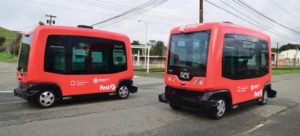
The discussion flagged up the human issues involved in relation to driverless vehicles:-
‘I don’t always feel safe at night on trains, so having people about is important’
‘you have to think about people in the equation, people matter still and they need to be taken into account’
‘a lot of people might not want to get on a driverless vehicle, so it’s not a way of increasing use’
‘what about disabled people? you need people around to make it accessible’
‘it is a classic example of pursuit of new technology without thinking through the human element’.
‘It is important not to think of the time staff spending supporting people as a waste of time. Could jobs be combined so people are doing other jobs but also still offering support on public transport?’.
We discussed guided buses:-
‘Guided buses are a way of avoiding congestion, as they can use the central reservation to jump the queue’
‘It is the bit between settlements where guided buses matter’
‘You can have guided lines going into town in the morning and out at night, so you only need one bus lane’
The human factor:-
There was discussion about broader issues of human experience and the (relatively) simple things that made transport work well:-
‘Buses in London are painless – use a swipe card or a contactless debit card’.
‘One ticket for everything, so there is no concern that one’s return doesn’t work on another’s service’
‘The technology really helps, you now don’t have to worry how much it’ll be because it’ll never be more that £5’
‘In York now, you can but a day or week ticket… …but you still have to plan whether you’ll get full use from it. Contactless allows that flexibility’
‘In London, bus use doubled – that was because of the oyster card, real time information, investment and increased frequency. It was about a political willingness to subsidise that service rather than give profits to private operators. The problem was deregulation:- there used to be the possibility of cross subsidizing between successful and less successful routes. But now private operated just cream off profit from successful routes and the less popular ones vanish. But:- the Buses Act gives you opportunity to manage buses locally again’.
And some fundamentals:- vehicles need to be attractive – ‘you still won’t get on a tram if it is dirty’.
We discussed the issues around cycling:-
‘I want to talk about cycling. York claims it wants to be a top cycling city and it is falling short’.
‘Cycling can solve a lot of problems. We should see cycling is one the main forms of transport’.
‘Cycling routes are often so tortuous in new developments’.
‘An agenda we struggle with at the moment is ‘shared use’ – we can’t even cycle through York because of pedestrians. Alongside planning for all sorts of new technology, we need to find ways of respecting each other with the modes of transport we have now’.
‘Does anyone have any information about how disabled people feel about Amsterdam?’
‘Need to have workplace showers after cycling to work’.
Bringing it all together with better integration:-
Examples of integration between different forms of transport…
‘I live in Pickering and work in York. I can Park & Ride but this costs £3 and I have to walk back out from the city centre to my office, or I can drive in and park in a local residential street. So I tend to drive in’.
A taxi almost fuel efficient as a half full bus , so we need to really think about taxis, especially as new technology makes ride-sharing more possible’.
‘Who is responsible for a joined up transport policy? Who designs the system?’
‘We can use the Park and Ride as hubs for parking and cycling as well as parking and busing’
Air quality:-
‘We need to get traffic out the city centre. Congestion can drive a move from cars to other modes of transport, but congestion reduces air quality. By reducing congestion, we are also improving air quality’.
The Freiburg Vauban experience – you can have a car but it is parked in a multistorey car park and you pay the real cost of providing this. If you agree to be car-free you don’t have to pay that money. This has reduced car ownership (but there is good public transport as an alternative). We perhaps need to be more clever – not just deciding to make developments “car free”.
…and some York Central specific discussion:-
‘The site needs access but it shouldn’t be a through route or a main road’
‘If Marble Arch is open to through traffic then it will end up the same as Holgate Road and Bootham. It should be public transport only’.
‘A bus gate at Marble Arch could help the Park and Ride to get into town more quickly and leave the rest of the traffic on Water End’.
‘They seem to have planned for a multi-storey car park near the station – this is simply going to bring traffic in’.
‘Except for visitors with disability, NRM should not have its own parking’.
Possible opportunities:-
We then talked about possible opportunities to make some of the ideas happen:-
- Yorkshire devolution financing: how might this be tapped into?
- How do we work with elected members? It was felt that officers are always coming up with great ideas, solutions and thoughts but they get knocked back at the Cllrs level.
- An old city with limited space, how do we understand and respect each other across different modes of transport? Maybe via a Transport For York (or a wider area) – like Transport for London, an integrated agency?
- How can we show all the private operators that integration will be financial positive for all of them by driving up usage?
